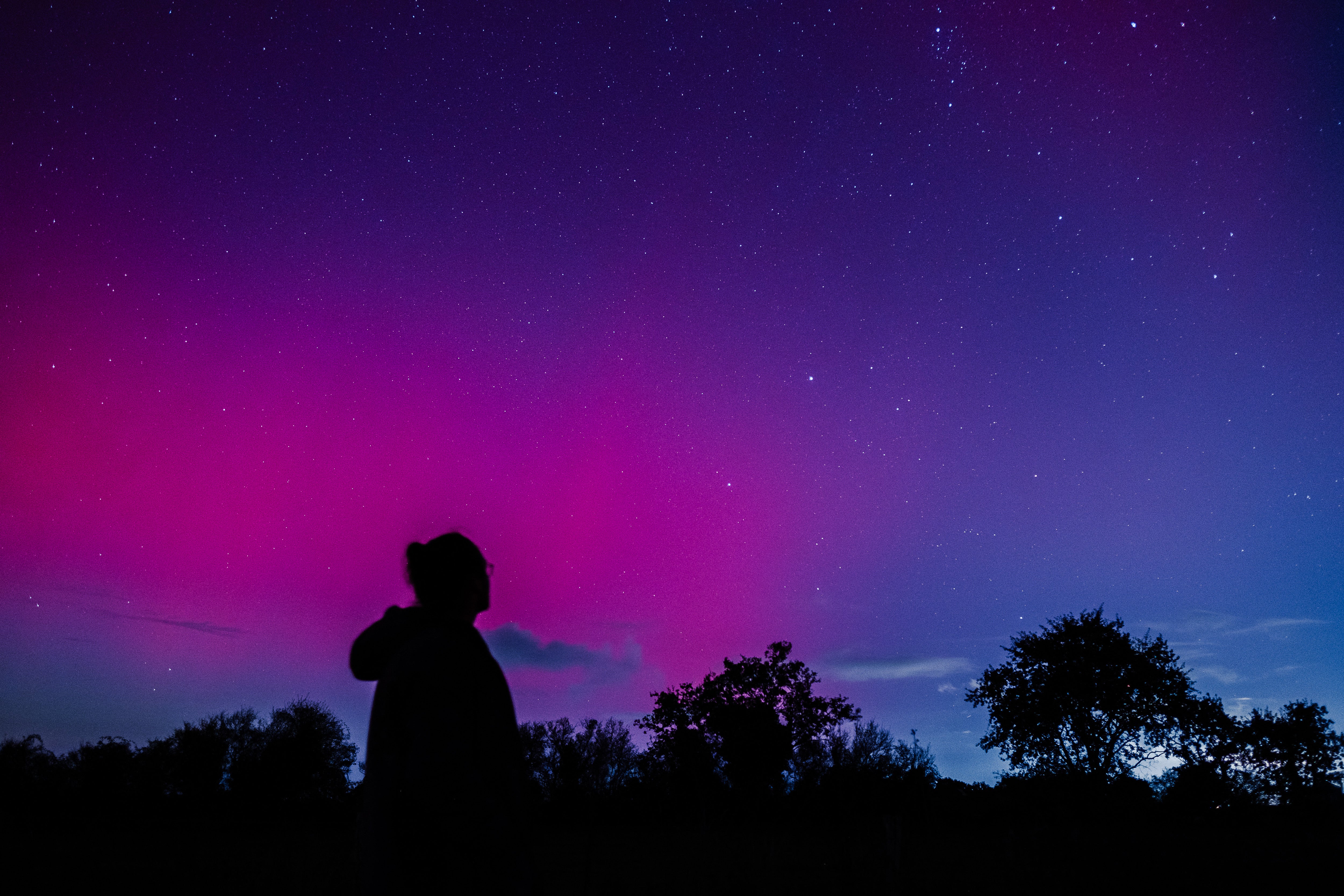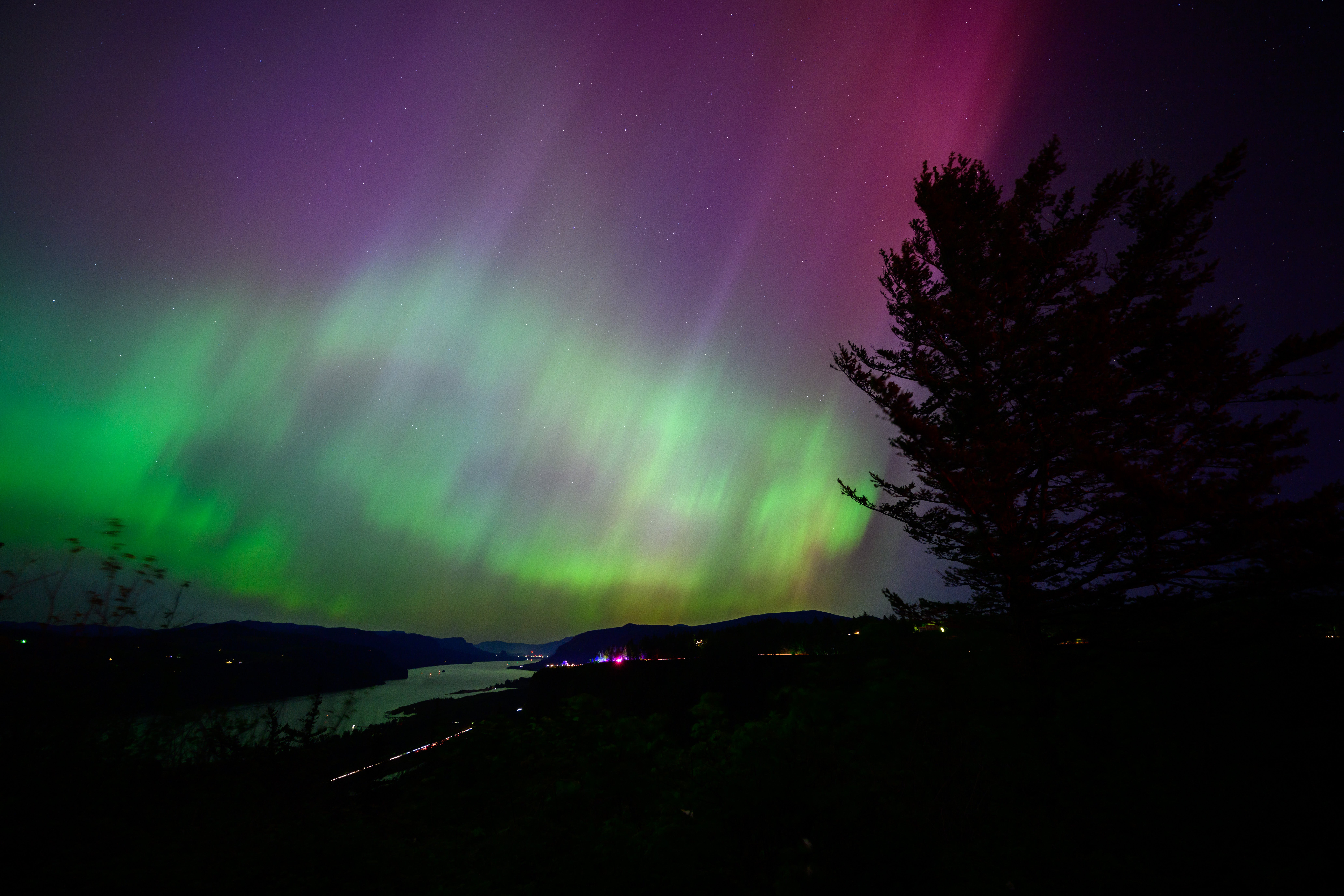A powerful geomagnetic storm aimed at Earth could disrupt technology and bring a stunning celestial show as far south as Kentucky between Tuesday and Wednesday.
In response to the storm, which is set to take place overnight on Tuesday and into Wednesday, the National Oceanic and Atmospheric Administration issued a G3 Geomagnetic Storm Watch. The storms are ranked on a scale of five, with G5 being the most extreme.
“Limited, minor effects to some technological infrastructure is possible, but usually mitigable. The aurora may also be visible over many northern states and parts of the Midwest to Oregon,” it said.
An aurora is created when particles from the sun collide with the Earth’s atmosphere and release energy in the form of light. This time the aurora — also known as the aurora borealis or the northern lights — may be seen as far south as Kentucky.
While cities like Kentucky’s Frankfort and Chicago will have clear skies, clouds will cover more of the Northeast and Pennsylvania, according to Fox Weather.

And, the most vivid aurora will occur over the Rockies and western skies just before sunrise, FOX Forecast Center Meteorologist Christopher Tate said.
But, an aurora may not be the only outcome. With a G3 geomagnetic storm, there can be intermittent satellite and low-frequency radio navigation problems. False alarms could be triggered on some some protection devices
There are also potential effects in space.

“Surface charging may occur on satellite components, drag may increase on low-Earth-orbit satellites, and corrections may be needed for orientation problems,” NOAA notes.
The storm comes following multiple coronal mass ejections, or large expulsions of plasma and magnetic field from the outermost part of the sun’s atmosphere.
The most powerful solar flares left the sun on Sunday, and minor geomagnetic storming conditions are likely to last into Thursday,
“A shock associated with a coronal mass ejection or both coronal mass ejections combined arrived!” the Space Weather Prediction Center said. “The strength and orientation of the magnetic energy of the coronal mass ejection will dictate how far the aurora might develop tonight…”










